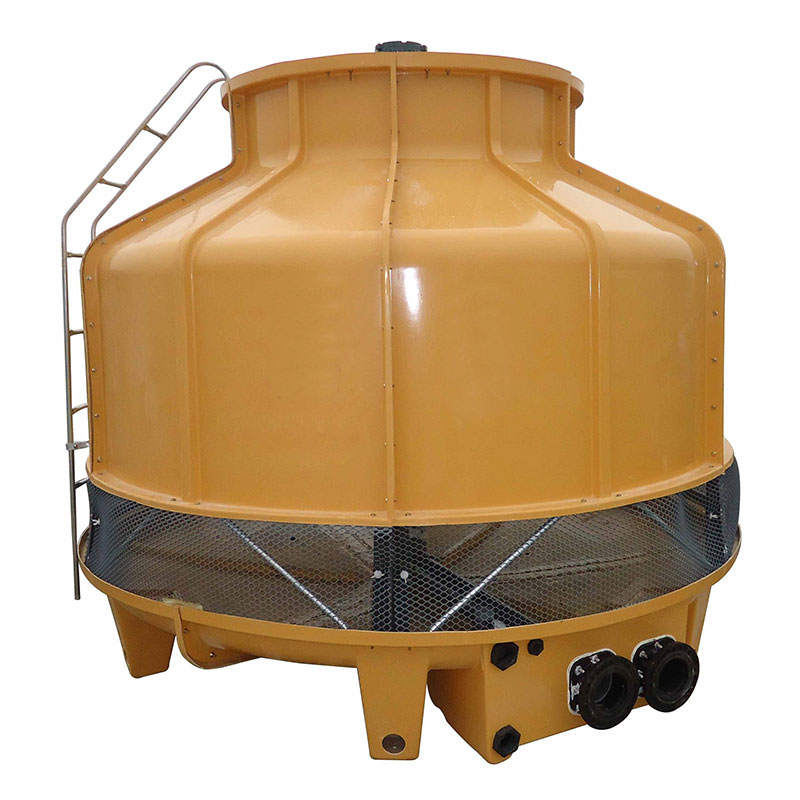Exploring the Different Types of Water Cooling Towers
2024-06-18
In the realm of industrial cooling systems, water cooling towers play a pivotal role in maintaining optimal temperatures. However, not all water cooling towers are created equal. There are various types of water cooling towers, each designed to suit specific applications and environments. Let's delve into the different types of water cooling towers and understand their unique features and advantages.
Natural Draft Cooling Towers:
Natural draft cooling towers rely on the buoyancy of the hot air generated within the tower to create the necessary airflow for cooling. These towers are typically taller and have a chimney-like structure that allows the hot air to rise and escape, drawing cooler air in through the lower portion. They are suitable for applications where the cooling load is relatively stable and the available space is not a concern.
Mechanical Draft Cooling Towers:
Mechanical draft cooling towers utilize fans or blowers to force air through the tower. They offer more flexibility in controlling the airflow and cooling capacity, making them suitable for applications with variable cooling loads or limited space. Mechanical draft towers can be further divided into induced draft and forced draft types, depending on whether the fans are located at the inlet or outlet of the tower.
Crossflow Cooling Towers:
Crossflow cooling towers feature a horizontal airflow that crosses over the vertical fill media, allowing water to drip down. This design provides a large surface area for heat exchange and efficient cooling. Crossflow towers are commonly used in applications where space is limited or where the water flow rate is relatively low.
Counterflow Cooling Towers:
Counterflow cooling towers have a vertical airflow that flows in the opposite direction of the falling water. This design maximizes the contact time between the water and air, resulting in efficient heat transfer. Counterflow towers are suitable for applications with high water flow rates and cooling loads.
Evaporative Fluid Coolers:
Evaporative fluid coolers, also known as closed-circuit cooling towers, use a closed-loop system to circulate a cooling fluid (such as glycol or brine) through a heat exchanger. The heat exchanger transfers the heat from the fluid to the water, which is then sprayed over the fill media and cooled by evaporation. This type of cooling tower is often used in applications where water quality is a concern or where freezing temperatures are a risk.
In conclusion, the choice of water cooling tower depends on various factors such as the cooling load, available space, water quality, and operational requirements. By understanding the different types of water cooling towers and their unique features, you can select the most suitable option for your specific application.



